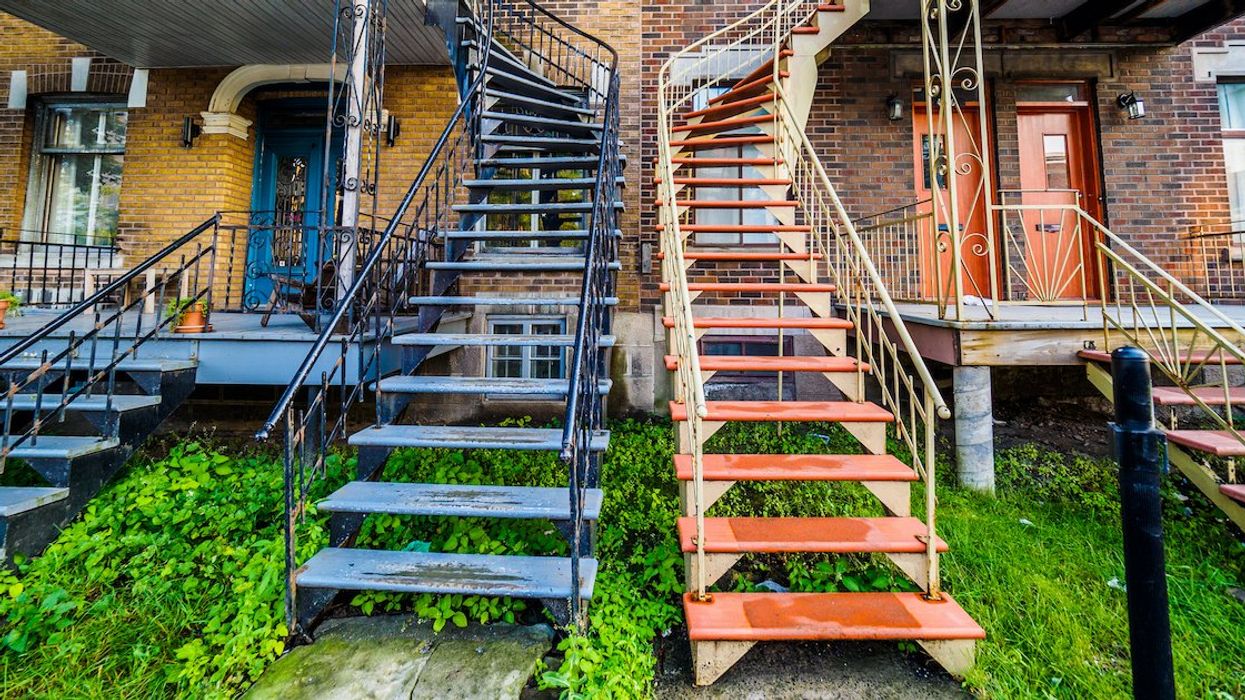Tax-Free First-Home Savings Accounts Are Officially Launching In Canada — Here's How They Work
Contributions are tax deductible.🤑

Staircases outside typical Montreal quads.
After a year of teasing new Tax-Free First-Home Savings Accounts, the federal government has announced the option will finally launch on April 1, 2023. The benefits are pretty straightforward. Aspiring first-time homebuyers will be able to put money into their accounts and deduct those contributions from their income tax. Then, when they're ready to actually purchase a home, they can take money from the account without paying taxes on the withdrawal, either. Earned interest is tax-free, too.
There are limits though.
The Tax-Free First-Home Savings Accounts (FHSA) have a $40,000 cap, meaning users can't ever, over the course of their lifetime, contribute more than that. Moreover, the baseline annual contribution limit is $8,000. Though if an FHSA user contributes less than that in a given year, the difference (up to $8,000) rolls over to the next year. So someone who contributed just $5,000 in their first year would have a contribution limit of $11,000 the next.
Prospective homebuyers can have more than one FHSA, but the annual contribution limit, including rollover, applies to all of the accounts. For example, someone who opens two FHSAs in one year will still have a combined contribution cap of $8,000.
The complete list of Tax-Free First-Home Savings Account rules is online.
The announcement of the April 1 launch date came as part of the government's 2023 budget presentation. The proposed budget also includes a new Grocery Rebate, which would give Goods and Services Tax (GST) Credit recipients some extra cash — up to $234 for an individual living alone — to offset the rising cost of food due to inflation.
This article's cover image was used for illustrative purposes only.

